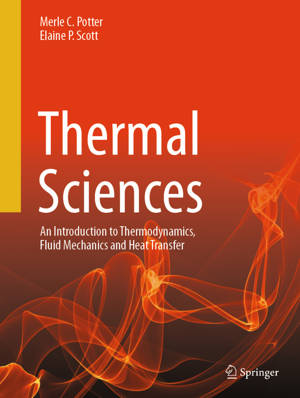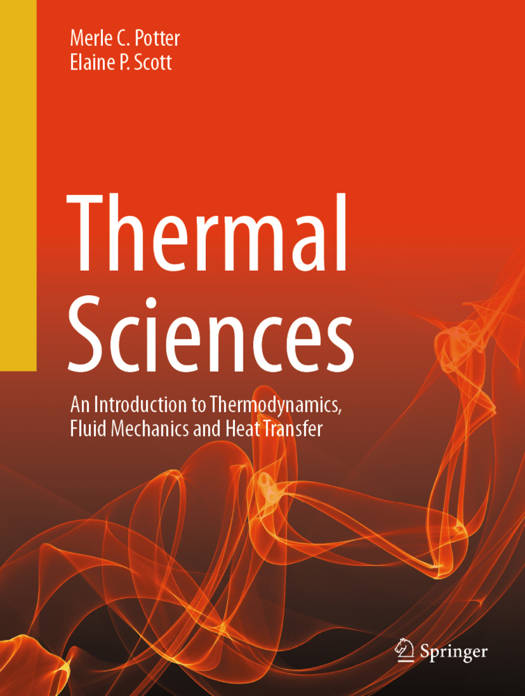
- Retrait gratuit dans votre magasin Club
- 7.000.000 titres dans notre catalogue
- Payer en toute sécurité
- Toujours un magasin près de chez vous
- Retrait gratuit dans votre magasin Club
- 7.000.0000 titres dans notre catalogue
- Payer en toute sécurité
- Toujours un magasin près de chez vous
Thermal Sciences
An Introduction to Thermodynamics, Fluid Mechanics and Heat Transfer
Merle C Potter, Elaine P ScottDescription
The Thermodynamics Part includes more material than can be covered in a one-semester course; this allows for selected mate-rial on power and refrigeration cy-cles, psychrometrics, and combustion. The Fluid Mechanics Part also contains more material than can be covered in aone-semester course allowing potential flows, boundary layers, or compressible flow to be included. The heat transfer material that is included in various chapters can be in-serted, if desired, as it is encountered in the text. A one-semester service course for non-mechanical engineers may be organized with selected sections from both the Thermodynamics Part and the Fluid Mechanics Part.
Thermodynamics is presented in chapters 1 through 9, fluid mechanics in Chapters 10 through 17, and the introductory material of heat transfer is included in Sections 3.6, 4.11, and 16.6.6. All the material is presented so that students can follow the derivations with relative ease; reference is made to figures and previous equations using an easy-to-follow style of presentation. Numerous examples then illustrate all the basic principles of the text. Problems at the end of each chapter then allow for application of those principles to numerous situations encountered in real life.
The problems at the end of each chapter begin with a set of multiple-choice-type questions that are typical of the questions encountered on the Fundamentals of Engineering Exam (the exam usually taken at the end of the senior year to begin the process of licensure) and the Graduate Record Exam/Engineering. Those questions are fol-lowed with problems, often grouped according to topics and ordered by level of difficulty, which illustrate the principles presented in the text material. Answers to selected problems are included at the end of the text.
Spécifications
Parties prenantes
- Auteur(s) :
- Editeur:
Contenu
- Nombre de pages :
- 806
- Langue:
- Anglais
Caractéristiques
- EAN:
- 9783031636684
- Date de parution :
- 04-10-24
- Format:
- Livre relié
- Format numérique:
- Genaaid
- Dimensions :
- 218 mm x 282 mm
- Poids :
- 2372 g

Les avis
Nous publions uniquement les avis qui respectent les conditions requises. Consultez nos conditions pour les avis.






